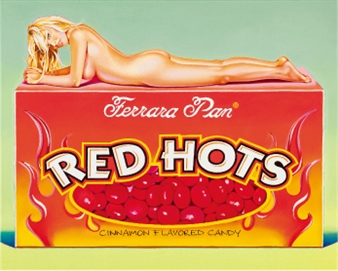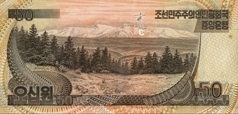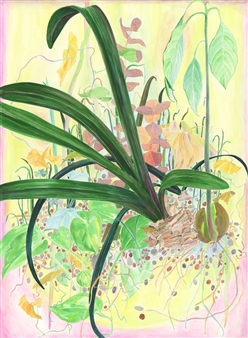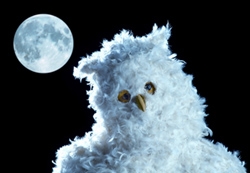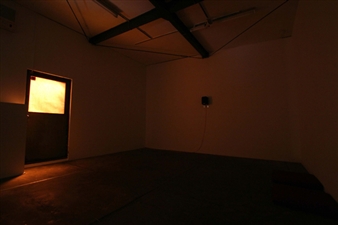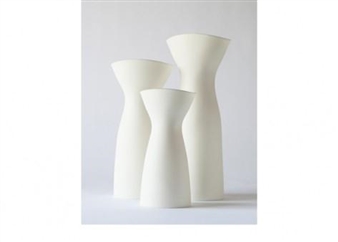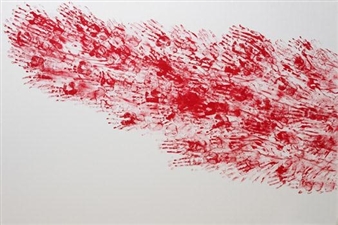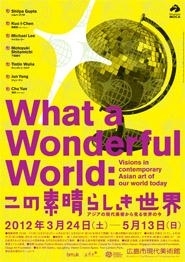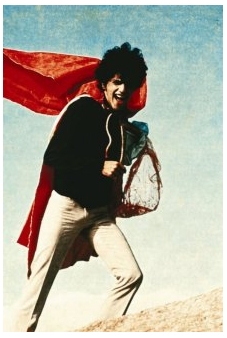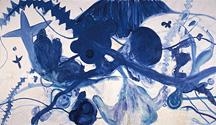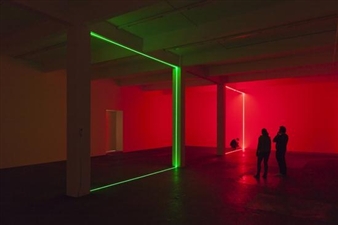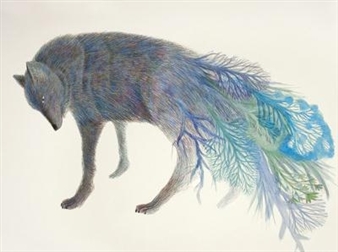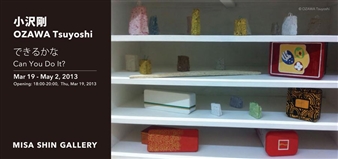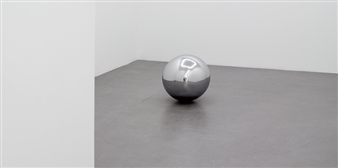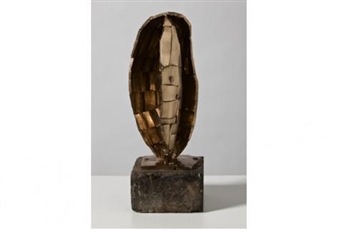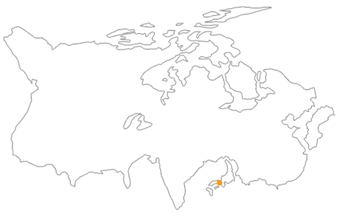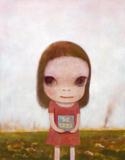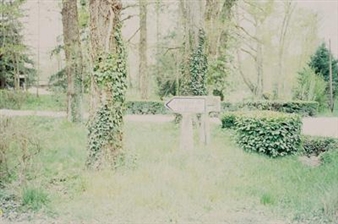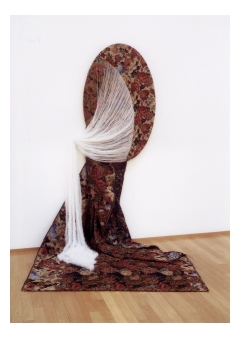Seeking New Genealogies

MUSEUM OF CONTEMPORARY ART TOKYO, Tokyo, Tokyo, 09/27/2014 - 01/04/2015
4-1-1 Miyoshi, Koto-ku
Over the past 10 years, dance and performance exhibitions have been enthusiastically curated at contemporary and modern art museums the world over. Social networks, relationality, positionality, the politics of incidents, and the reconsideration of empiricism all lie in the backdrop of this trend.
Within these phenomena, the inspection of bodily performance becomes a mirror for the times.Through performance, our bodies are fermented, transformed, and can become the foundation for new cultural creation.
Society and the environment change at an ever-accelerating pace, so in these uncertain times and with an unclear future, we first look to our own bodies to be a firm touchstone from which we can strike a balance for existence. We try to pursue the traces of our feelings, memories, and knowledge etched into our own bodies.
The "bodily performance" I refer to here includes a wide swath of physical expression, such as in traditional arts like dance, Noh, and Kabuki, as well as drama and sports. Both as a form of communication that surpasses language and as a local topos or cultural memory, they are closely bound to our spiritual life. Despite this, the values of Modernism in art history have often left these out. Genealogies as a methodology may replace "History" with a capital "H," which tends to obscure the question of to whom it belongs.
The body that is the central focus of this "Seeking New Genealogies" exhibition, is the body of Kyogen and Noh master Mansai Nomura. Six-hundred years of Kyogen traditional forms and physical memory have been passed from father to son through the extremely pure process of Isshisōden and installed in this body, so that now, in 2014, his body carries the same "presence" as when it existed in the space and time of 600 years ago.
The genealogy presented in this exhibit is unique in the multidirectionality of its vectors. For example, Mansai Nomura's predecessor, Mansaku Nomura, whose participation in the vanguard movement in modern arts in the 1950s is an important element in tracing their genealogy. However, the goal of this exhibit is not to simply trace these similar contexts chronologically, but by also examining things like the relationality with contemporary artist Dumb Type from a minimalist and non-expressive viewpoint, we freely jump across space-time and search for these traces. This deconstructs the regime of Modernist values and recontextualizes culture.
From the perspective of contemporary artists and through research into objects of both the past and present, this exhibition will bring about acts of cultural production that involve new visualization and discourse.
Another goal of this exhibition is to use the "presence" of the bodies of individual performers (artists) to make viewers feel this genealogy with their own bodies. The aim of doing so is to focus not on the form or movement, but on the performative expression and traces of each of the artist's bodies, and this is reflected in the presentation of the concept of the space and time of the exhibition itself.
chelfitsch|Ka Fai Choy|Dumb Type*¹|Douglas Gordon & Philippe Parreno|Teppei Kaneuji |
Sharon Lockhart& Noa Eshkol | Henri Matisse*²| Julie Mehretu|Saburo Murakami | Ernesto Neto |
Mansai Nomura | Shintaro Oue + Mirai Moriyama + Shintaro Hirahara |
Inbal Pinto & Avshalom Pollak Dance Company | Jackson Pollock|
Dentsu Lab Tokyo & Rhizomatiks | Kazuo Shiraga | Atsuko Tanaka | Cy Twombly | Jiro Yoshihara
